Determining the Solar and Inverter Size Needed to Charge a Battery
When planning an off-grid or backup power system, one of the first questions people ask is: How do I determine the right Size of solar and inverter system needed to charge a battery efficiently? Getting the Size right is crucial for reliable performance, cost savings, and long-term durability. If your solar array is too small, your batteries won’t charge fully. If your inverter is underpowered, it may not handle your load. This guide will walk you through everything you need to know to calculate the optimal Size of your solar and inverter setup to charge batteries effectively and safely.
- Why Getting the Right Size Matters for Your Battery Charging Setup
- Understanding the Size Relationship Between Solar Panels and Battery Banks
- Calculating the Solar Panel Size Required to Charge a Battery
- Determining the Right Inverter Size for Battery Charging and Load Handling
- Matching Inverter and Solar Size for Optimal Charging Efficiency
- Tools and Formulas to Help You Size Your Solar and Inverter Setup
- Factors That Influence the Actual Size Needed in Real-World Applications
- Choosing Components Based on Your System Size Strategy
- Mistakes to Avoid When Calculating Solar and Inverter Size
- Off Grid vs Grid Tied Systems and the Impact on Size Calculations
- Advanced Options for Scaling System Size
- Final Thoughts on Getting the Right Size for Charging Batteries
Why Getting the Right Size Matters for Your Battery Charging Setup
Efficiency and Performance
Selecting the appropriate Size of your solar panels and inverter affects the speed and completeness of charging. Undersized systems cause prolonged charging times and premature battery degradation.
Avoiding Overload or Undersupply
If your inverter is not the right Size, it could trip or fail to deliver enough power to your appliances while attempting to charge batteries. Oversized systems might be unnecessarily expensive and inefficient.
Understanding the Size Relationship Between Solar Panels and Battery Banks
Battery Capacity and Voltage
To calculate the Size of your solar array, you first need to know your battery bank’s capacity, usually expressed in amp-hours (Ah) and voltage (V). For example:
12V × 100Ah = 1200Wh (or 1.2kWh)
This figure tells you how much energy needs to be replenished.
Daily Consumption and Charging Time
If you want to fully recharge your battery in one day, your solar array must generate at least the equivalent wattage used—plus losses (typically ~20%). This directly influences the Size of your solar panel setup.
>>See also How to Choose the Right Wire Gauge for Your Project
Calculating the Solar Panel Size Required to Charge a Battery
Step 1 – Know Your Battery Specs
Battery Voltage (V): 12V, 24V, 48V
Battery Capacity (Ah): Example, 200Ah
Total Energy (Wh): V × Ah = total watt-hours to be charged
Step 2 – Account for Charging Efficiency
Charging losses range from 10% to 25%. For a 12V 200Ah battery:
12V × 200Ah = 2400Wh
Include 20% loss: 2400Wh ÷ 0.8 = 3000Wh (required energy input)
This helps refine the needed Size of your solar array.
Step 3 – Factor in Sun Hours
Average peak sun hours vary by region. If you get 5 sun hours per day:
Required Solar Panel Size = 3000Wh ÷ 5h = 600W
Round up: use a 700W solar array for reliability
Additional Considerations
Oversizing by 10–20% provides buffer for cloudy days
Use MPPT controllers for better efficiency with larger Size panels
Shade, tilt angle, and wiring losses also affect actual output
Determining the Right Inverter Size for Battery Charging and Load Handling
Inverter vs. Charger: What’s the Difference?
In hybrid systems, the inverter may also act as a charger. Otherwise, an external solar charge controller manages panel-to-battery charging. Still, the Size of your inverter must match your battery voltage and desired AC output.
Step 1 – Understand Continuous and Peak Loads
Calculate the total continuous load in watts and the peak (surge) load:
Example:
Refrigerator = 200W
Lights = 100W
Pump = 500W (with 1000W surge)
Total = 800W continuous, 1800W surge
Choose an inverter Size rated for both.
Step 2 – Match Inverter to Battery Bank
Inverters are available in 12V, 24V, and 48V models. Your inverter’s Size must match your battery bank voltage. Mismatched voltages can cause failure or inefficient charging.
Step 3 – Consider Charging Current Limits
Some inverters have built-in chargers with a max current limit. If your solar array can deliver 50A, but your inverter charger only accepts 30A, that limits charging efficiency—an argument for matching proper Size components.
Matching Inverter and Solar Size for Optimal Charging Efficiency
Scenario Example: 12V 200Ah Battery Bank
Total energy needed: 2400Wh
Charging target: One day
Panel Size: 700W solar array
Inverter Size: 1000W (with 2000W surge), 12V compatible
Adding Load and Battery Expansion
If you plan to add more batteries or higher AC loads in the future, select a modular inverter and oversize your solar system slightly to accommodate growth.
Tools and Formulas to Help You Size Your Solar and Inverter Setup
Basic Formulas
Battery Wh = V × Ah
Panel Size (W) = Battery Wh ÷ Sun hours ÷ Efficiency factor
Inverter Size (W) = Total Continuous Load + Surge Load Buffer
Online Calculators
Several websites offer solar sizing calculators. Just input battery capacity, sun hours, and load requirements. But don’t skip manual verification—it ensures the Size matches your specific environment.
Factors That Influence the Actual Size Needed in Real-World Applications
Geographic Location
More sun hours = smaller solar array Size. Less sun = larger panels or backup sources.
Climate and Seasonal Variation
Winter months mean less sunlight. In colder areas, a 50% larger Size array may be needed to ensure full daily charging.
Battery Type and Chemistry
Lead-acid: Lower charging efficiency (70–85%), requires larger panel Size
Lithium: Higher efficiency (90–98%), allows for more compact sizing
Choosing Components Based on Your System Size Strategy
Solar Charge Controller Type
MPPT (Maximum Power Point Tracking): Ideal for larger Size systems and variable panel configurations
PWM (Pulse Width Modulation): Lower cost, better suited for small, fixed-voltage systems
Battery Management System (BMS) Compatibility
Ensure your inverter and solar controller work seamlessly with your battery’s BMS. Mismatches can limit charge acceptance regardless of Size.
Mistakes to Avoid When Calculating Solar and Inverter Size
Ignoring Load Profiles
Many people calculate battery Size but forget about appliances or tools that draw power while the system is charging. Always size for both charging and live use.
Not Considering Future Load Growth
Buy with the future in mind. If your daily use is 2kWh now but may rise to 4kWh later, build in headroom in both solar and inverter Size from the beginning.
Undersizing Solar Arrays
A common mistake is underestimating the Size of the solar array, especially in cloudy or winter-heavy locations.
>>See also Should Battery Cells Be Packed Tightly or Given Space
Off Grid vs Grid Tied Systems and the Impact on Size Calculations
Grid-Tied Systems
These systems use the grid as backup, so your solar and inverter Size doesn’t need to cover 100% of daily demand—but should still handle peak production efficiently.
Off-Grid Systems
All power must come from the system. This requires accurate load forecasting and buffer capacity in both inverter and solar panel Size to prevent outages.
Advanced Options for Scaling System Size
Stackable Inverters
Many hybrid and off-grid inverters allow you to parallel multiple units. This flexibility lets you increase inverter Size as your system grows.
Adding Solar Panels to Expand System Size
Most modern charge controllers can manage extra Size when panels are added. Keep panel voltages and configuration consistent for balance.
Final Thoughts on Getting the Right Size for Charging Batteries
Whether you're powering a cabin in the woods, an RV on the road, or an emergency backup system, calculating the correct Size of your solar and inverter setup is non-negotiable. It determines efficiency, safety, and long-term reliability. Investing in appropriately sized components today means fewer upgrades and maintenance down the line.
In conclusion, understanding and accurately calculating the Size of your solar and inverter system will ensure your battery charging process is seamless, safe, and efficient. Make sure you assess your energy needs honestly, consider all system losses, and leave room for future expansion. With the right Size, your solar setup will empower you with clean, reliable energy for years to come.

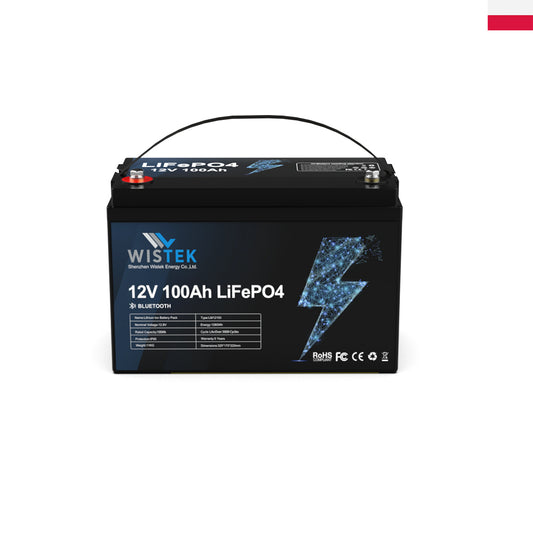

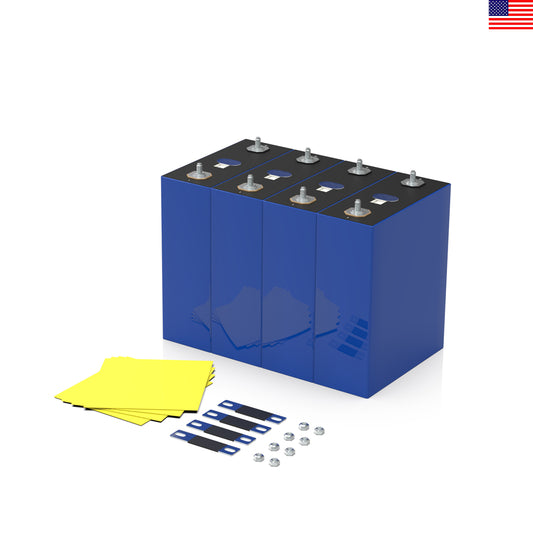



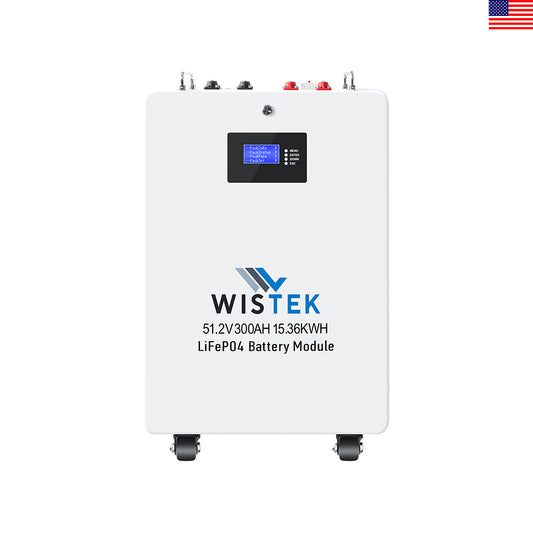

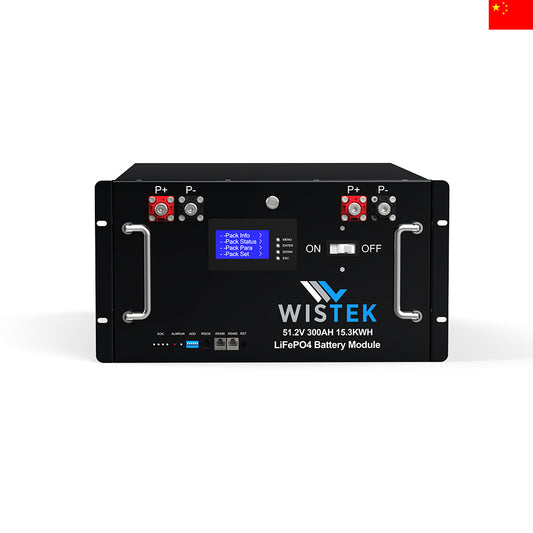





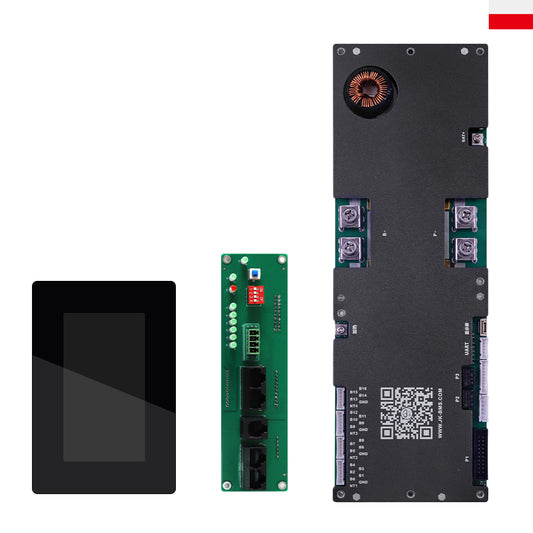

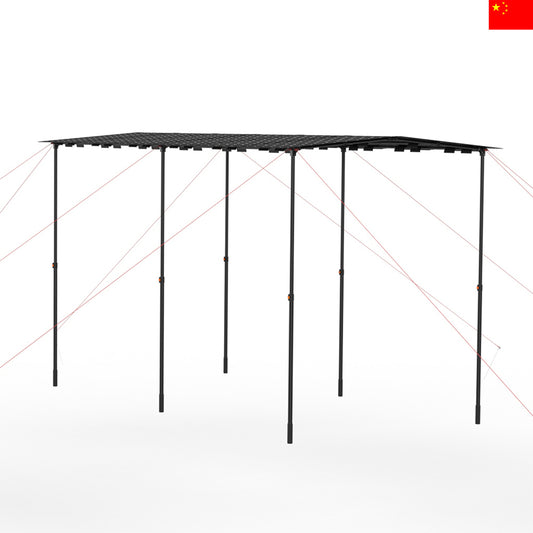

Leave a comment
Please note, comments need to be approved before they are published.